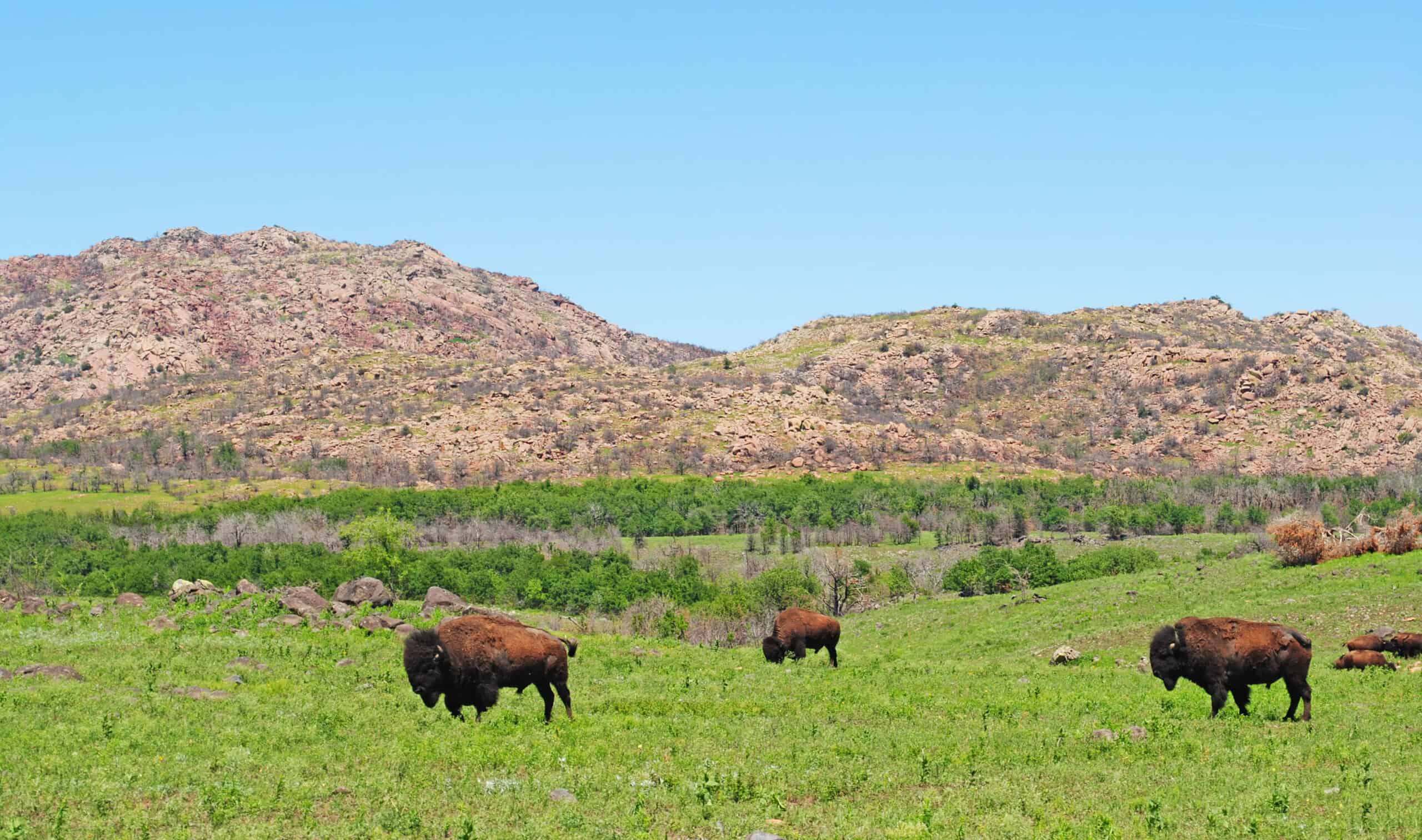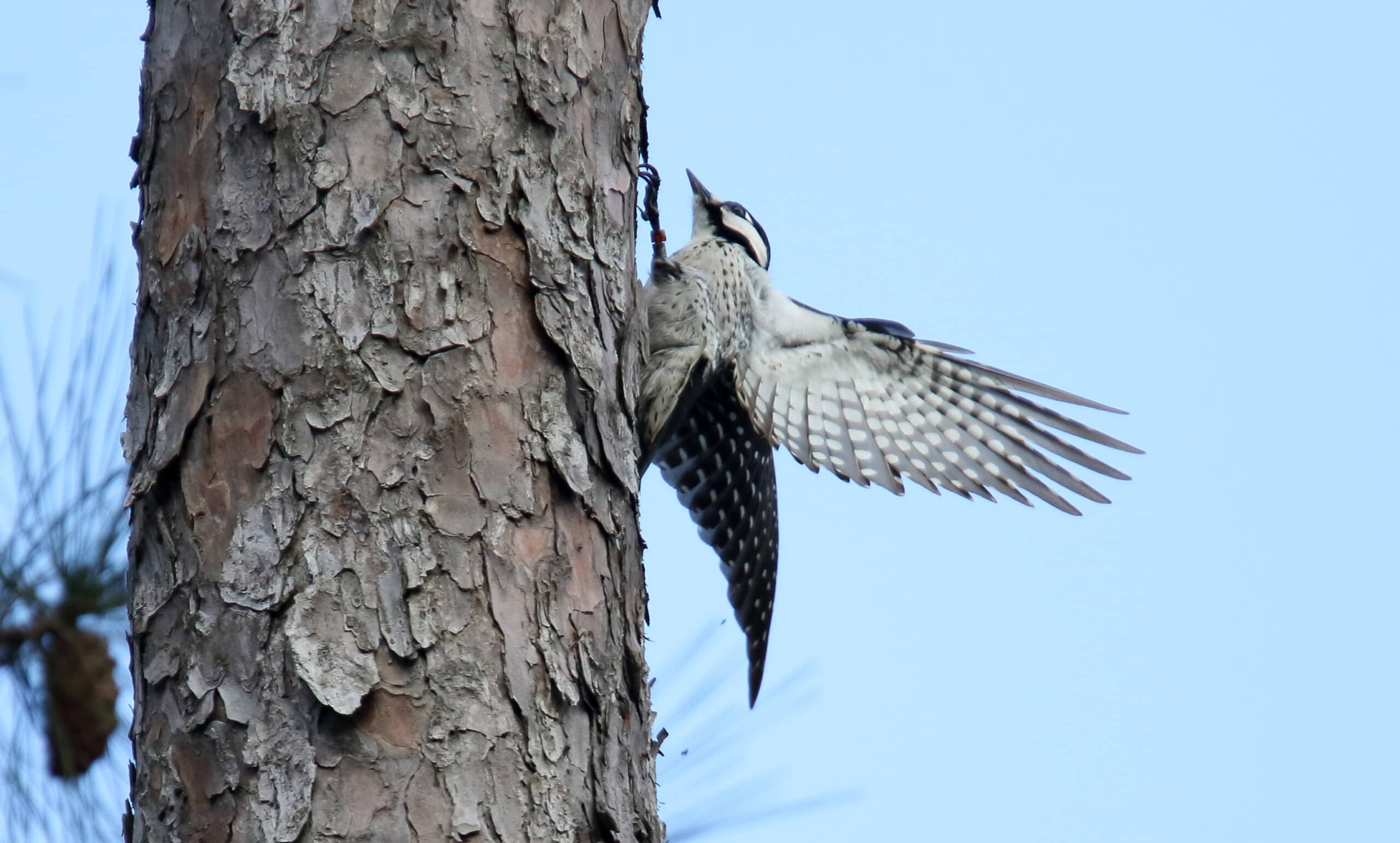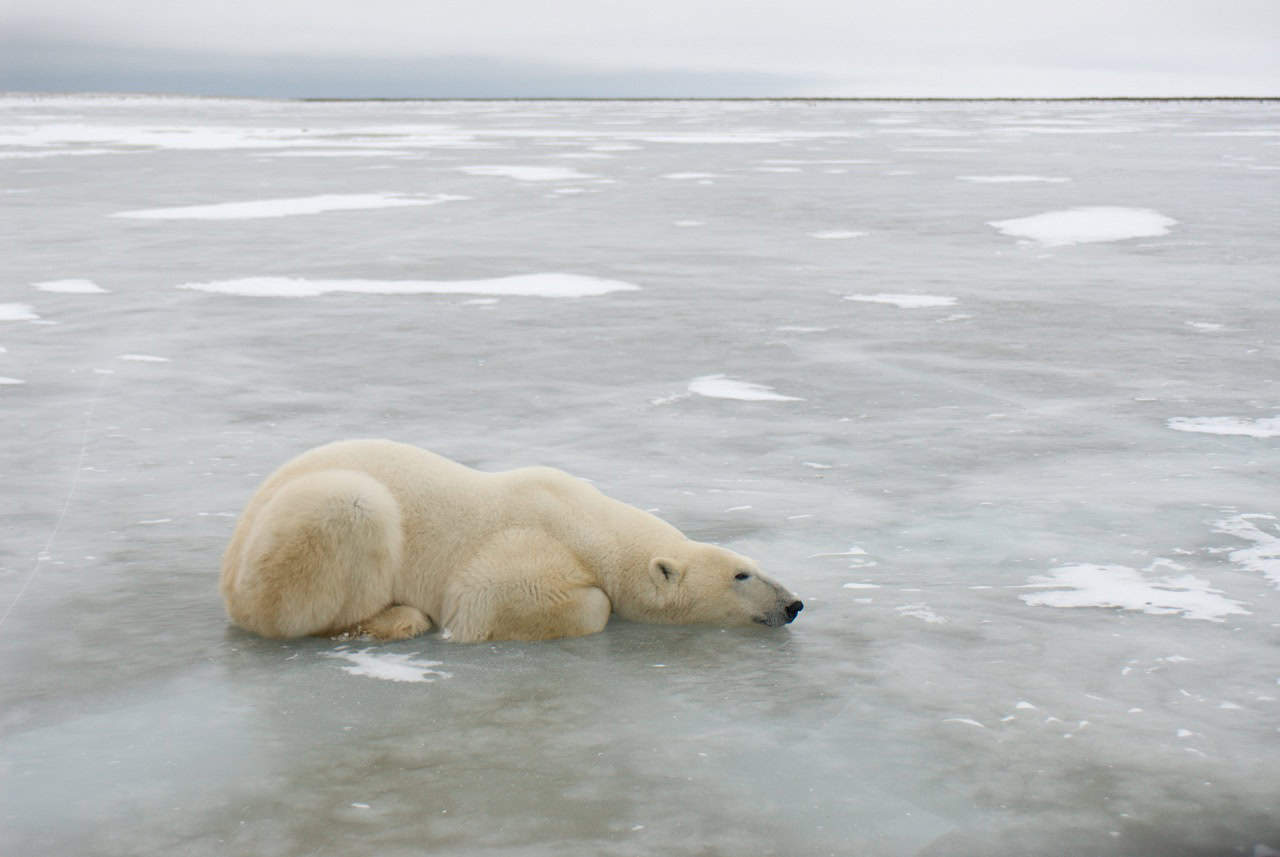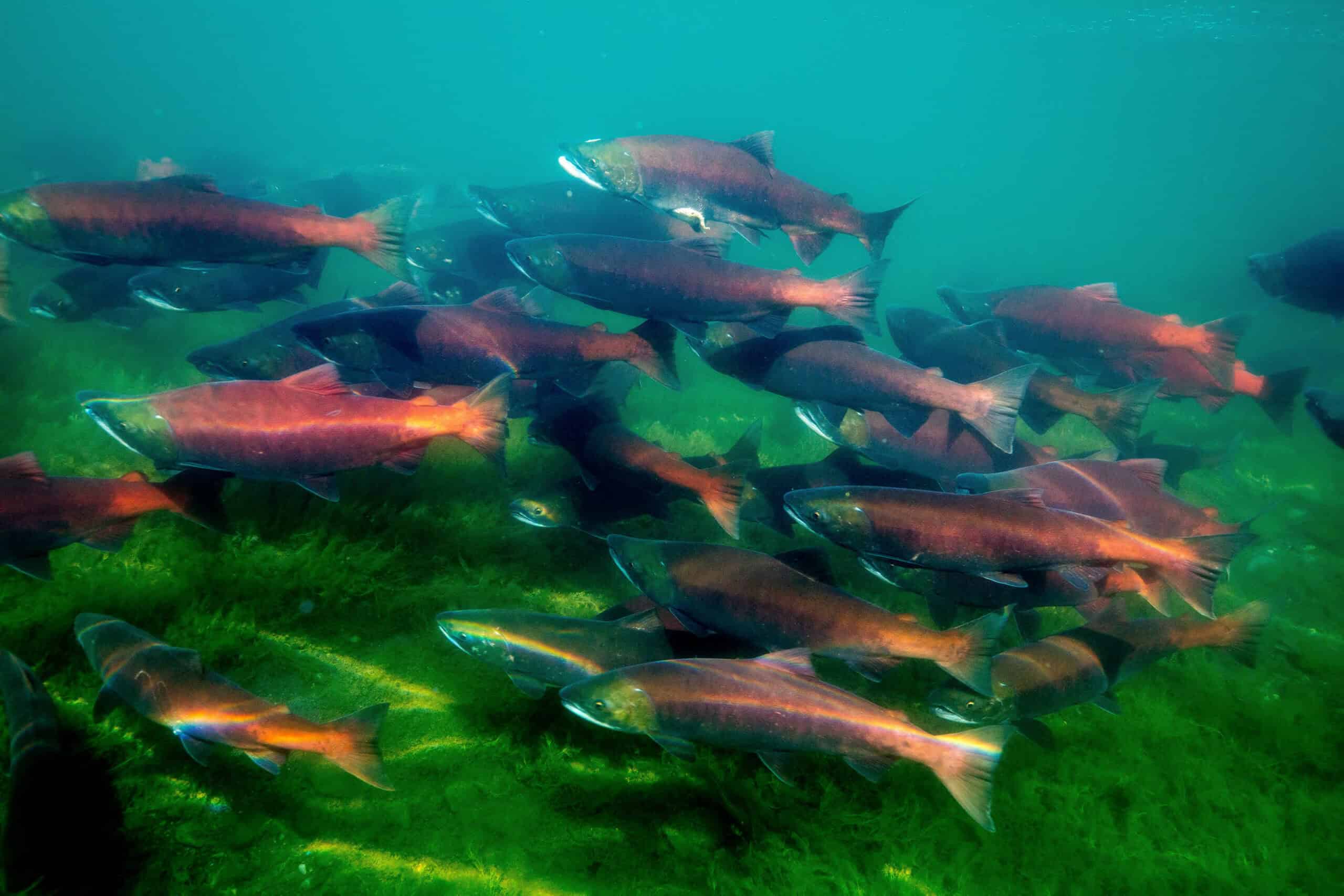Share this article
Wildlife Featured in this article
- American bison
- wood bison
Extreme heat may limit bison movement
Temperature may affect the future of bison conservation
Temperature affects the extent that bison may roam.
The bison herd in the Wichita Mountains National Wildlife Refuge in Oklahoma is one of the first herds to be reintroduced in the U.S. Fifteen animals were first transported there from New York in 1907. That small herd grew to roughly 650 animals today—“the largest bison refuge managed by the U.S. Fish and Wildlife Service,” according to the National Park Service.
Nic McMillan, an assistant professor at the University of Nebraska-Lincoln, had been studying the interaction between bison (Bison bison bison) and plants for some time. He wondered how climate change may affect plains bison movement.
He led a study published recently in Ecology and Evolution, in which he and his colleagues combined GPS tracking data from 2008 to 2012 of a dozen bison in the Wichita Mountains in southwestern Oklahoma and The Nature Conservancy’s Tallgrass Prairie Preserve in the northeast of the state. Combining this data with weather information in the areas at the times they were studying, they analyzed the way that bison moved under different conditions.
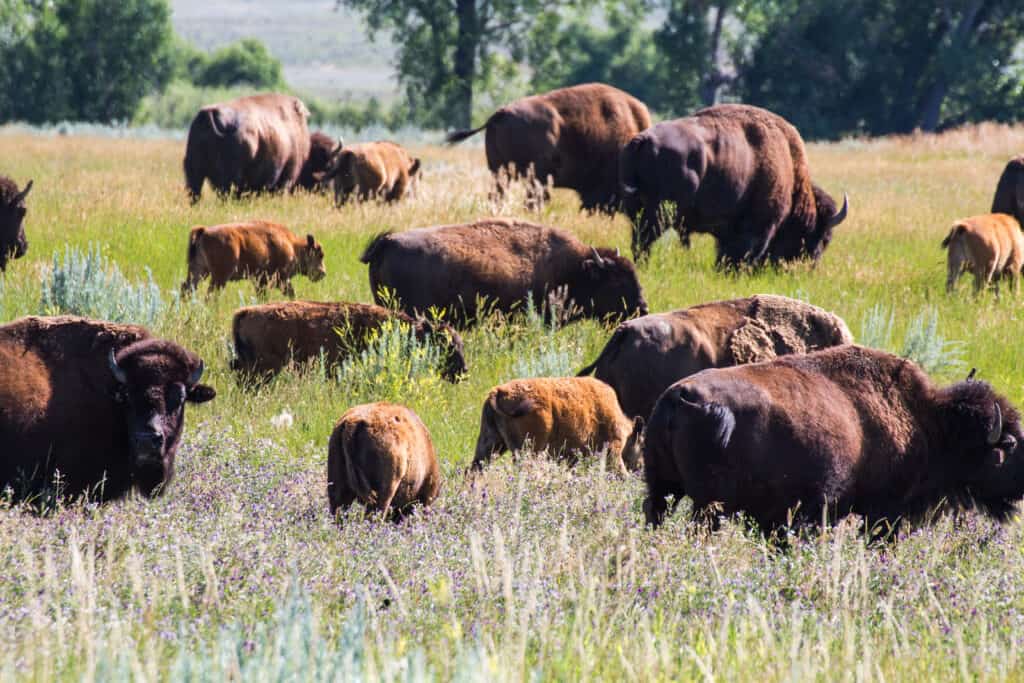
They found that bison don’t move much when temperatures are colder than freezing. Between -20 degrees Celsius and 0, the bison only moved roughly 30-35 meters every 12 minutes.
The large mammals begin to move more as it warmed up, reaching a peak at 28 degrees Celsius, when they moved 72 meters every 12 minutes. They then began to decrease their movement as it got warmer than that, dropping back down to about 62 meters per 12 minutes at 44 degrees Celsius—the maximum recorded temperature in the study areas during this period.
“Air temperature was really important in describing how far they move,” McMillan said.
McMillan said the study results are similar to those of another study that researchers conducted on wood bison (B. b. athabascae) in Canada. It’s possible that this type of research is revealing the way that bison respond physiologically to air temperatures.
A challenge for bison is that as temperatures warm due to climate change, they may struggle to move quickly to cooler areas where they can function better. When planning for future land conservation, wildlife managers may want to consider that bison will have somewhere to escape to during heat waves.
With this in mind, removing barriers to landscape connectivity in places where bison roam such as the Greater Yellowstone Ecosystem is going to become more and more important in the future, McMillan said.
Header Image: Bison graze in the Wichita Mountains, one of the first reintroduced herds in the U.S. Credit: Andy Thrasher



